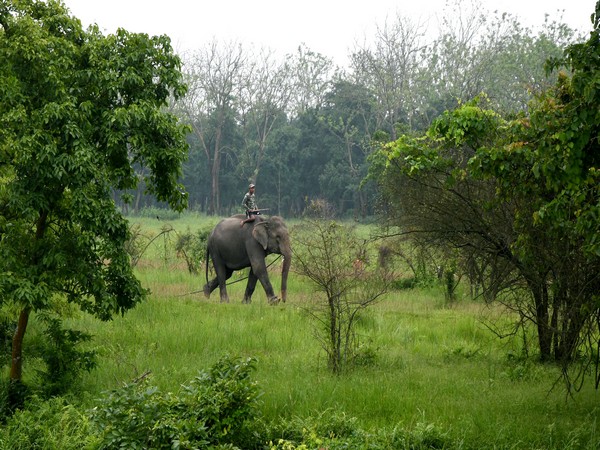
The Supreme Court ruled on Wednesday that its earlier order mandating a 1-kilometer eco-sensitive zone (ESZ) around protected forests would not apply in cases where a draft or final notification for development had already been issued.
A bench of Justices BR Gavai, Vikram Nath, and Sanjay Karol emphasized that existing law includes safeguards to prevent rampant construction or any abuse of process that may be harmful to wildlife habitat. The Court specifically stated that the purpose of declaring ESZs is to protect forests, not to impede citizens’ daily activities.
“Hundreds of villages are situated within the ESZs in the country. If no permanent construction is to be permitted for any purpose, a villager who is desirous to reconstruct his house would not be permitted. Similarly, if there is an extension in their family and some additional construction is required for accommodating the enlarged family, the same would also not be permitted. Similarly, if the Government decides to construct schools, dispensaries, anganwadis, village stores, water tanks and other basic structures for improvement of the life of the villagers, the same would also not be permitted,” the Court said.
The ruling modified a June 2022 Supreme Court order that established such ESZs, where no development work would be permitted. The bench, of which Justice Gavai was a member, held in that ruling that any work already underway in such zones can only be continued with permission from the concerned State’s Chief Forest Conservator.
It was decided that if the ESZ is already prescribed by law and extends beyond the one-kilometer buffer zone, the wider margin would take precedence. Specifically, the Court ruled that mining should be prohibited in wildlife sanctuaries and national parks.
This aspect was retained in the current judgment and strengthened by extending the ban to a one-kilometer radius around wildlife refuges and parks.
The Court also stated today that the ESZ directives would not apply to national parks and sanctuaries located on interstate borders or sharing common boundaries.




